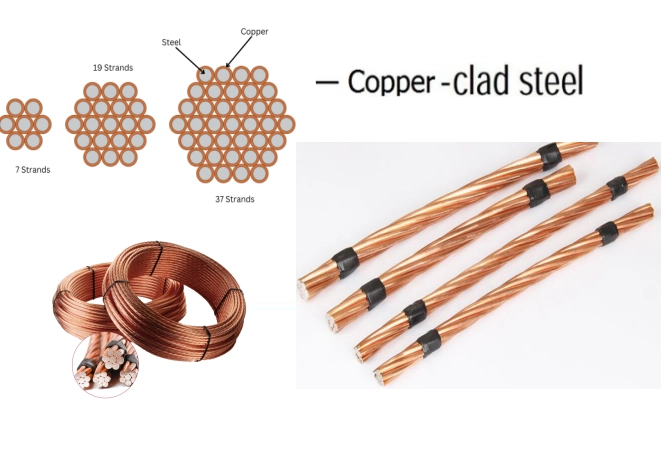The exhaust system of a vehicle is often overlooked, yet it plays a pivotal role in the overall performance, efficiency, and environmental impact of an automobile. Understanding the purpose of the exhaust system goes beyond merely recognizing it as a component that expels gases; it encompasses a complex interplay of engineering, chemistry, and environmental science. In this article, we will delve into the multifaceted functions of the exhaust system, its components, and its significance in modern automotive design.
- Emission Control: The Primary Function
At the forefront of the exhaust system's purpose is its role in controlling harmful emissions. Internal combustion engines produce a variety of pollutants, including carbon monoxide (CO), nitrogen oxides (NOx), hydrocarbons (HC), and particulate matter. The exhaust system is designed to mitigate these emissions through several key components:
- Catalytic Converter: This device is crucial for converting harmful gases into less harmful substances. It employs catalytic reactions to transform CO into carbon dioxide (CO2), NOx into nitrogen (N2) and oxygen (O2), and HC into CO2 and water (H2O). The efficiency of the catalytic converter is vital for meeting stringent environmental regulations.
- Oxygen Sensors: These sensors monitor the oxygen levels in the exhaust gases and provide feedback to the engine control unit (ECU). By adjusting the air-fuel mixture based on this data, the ECU ensures optimal combustion, reducing emissions and improving fuel efficiency.
- Enhancing Engine Performance
While emission control is a critical function, the exhaust system also plays a significant role in enhancing engine performance. The design and configuration of the exhaust system can influence engine efficiency and power output in several ways:
- Backpressure Management: The exhaust system must maintain an optimal level of backpressure. Too much backpressure can hinder engine performance, while too little can lead to inefficient combustion. A well-designed exhaust system balances these factors, allowing for improved horsepower and torque.
- Tuning and Sound: The exhaust system can be tuned to enhance the engine's sound profile, which is often a desirable feature for performance vehicles. Manufacturers and aftermarket suppliers offer various exhaust configurations that can alter the sound and performance characteristics of the vehicle.
- Heat Management
Another essential purpose of the exhaust system is heat management. The combustion process generates significant heat, and the exhaust system must effectively dissipate this heat to prevent damage to engine components. Key aspects include:
- Heat Shields: These components protect sensitive areas of the vehicle from the high temperatures of the exhaust gases. Proper heat management is crucial for maintaining the longevity of the engine and surrounding components.
- Thermal Efficiency: A well-designed exhaust system can help maintain optimal operating temperatures, which is essential for engine efficiency. By ensuring that the engine operates within its ideal temperature range, the exhaust system contributes to overall vehicle performance and fuel economy.
- Noise Reduction
The exhaust system also serves a critical function in noise reduction. Internal combustion engines produce significant noise during operation, and the exhaust system is designed to minimize this sound through:
- Mufflers: These components are engineered to reduce the noise produced by the engine's exhaust gases. Various muffler designs can alter the sound characteristics of the vehicle, providing a quieter ride while still allowing for performance enhancements.
- Resonators: Often used in conjunction with mufflers, resonators can further refine the sound profile of the exhaust system. They work by canceling out specific sound frequencies, resulting in a more pleasant auditory experience for the driver and passengers.
- Environmental Impact and Future Trends
As the automotive industry shifts towards sustainability, the exhaust system's role is evolving. With the rise of electric vehicles (EVs) and hybrid technologies, traditional exhaust systems are being reimagined. However, for internal combustion engines, advancements in exhaust technology continue to focus on reducing emissions and improving efficiency.
- Aftertreatment Systems: Innovations such as selective catalytic reduction (SCR) and diesel particulate filters (DPF) are becoming increasingly common in modern vehicles. These systems further reduce harmful emissions and are essential for meeting regulatory standards.
- Integration with Hybrid Systems: As hybrid vehicles become more prevalent, the exhaust system must adapt to work in conjunction with electric propulsion systems. This integration presents new challenges and opportunities for engineers to optimize performance and emissions.
Conclusion
The exhaust system is a critical component of any vehicle, serving multiple purposes that extend far beyond mere emissions control. From enhancing engine performance and managing heat to reducing noise and adapting to future technologies, the exhaust system is a testament to the intricate engineering that underpins modern automotive design. As the industry continues to evolve, understanding the purpose and functionality of the exhaust system will remain essential for both manufacturers and consumers alike. By appreciating its complexity, we can better advocate for innovations that promote efficiency, performance, and environmental responsibility in the automotive sector.

More Stories
Copper Clad Steel Strand Wire for Solar Farm: Grounding Solution Balances Strength, Conductivity, and Cost
Kaisen: Leading Cyclone Separator Manufacturer Offers High Efficiency at Affordable Prices
Applications of Ozone in Water Treatment: Understanding Processes, Mechanisms, and Advantages